Dakgopsae (닭곱새)
19.7Km 2021-03-19
7, Jong-ro 5gil, Jongno-gu, Seoul
+82-2-6226-8220
This Korean cuisine is located near Jonggak Station, Seoul. The representative menu is chicken, beef small intestine and shrimp hot pot. A restaurant where chicken, intestine, and shrimp are fried and served with spicy sauce.
Ilbeonji Yang Daechang Myeongdong Branch (일번지양대창 명동)
19.7Km 2024-03-15
2F, 33 Myeongdong 9-gil, Jung-gu, Seoul
+82-2-773-3150
Ilbeonji Yang Daechang is a specialty restaurant for grilled beef or pork small intestines located on Myeongdong Street. Its main menu features various intestines of beef or pork, including large and small intestines, grilled in the Korean barbecue style. Additionally, they offer options like grilled beef and pork galbi, as well as small intestine hot pot.
Minsokchon (민속촌)
19.7Km 2021-08-06
33, Myeongdong, 9-gil, Jung-gu, Seoul
+82-2-779-8371
A place where you can try various Korean dishes. This restaurant's signature menu is grilled strip loin. This Korean dishes restaurant is located in Jung-gu, Seoul.
Gimpo Art Village (김포 아트빌리지)
19.7Km 2023-02-06
170, Modamgongwon-ro, Gimpo-si, Gyeonggi-do
Gimpo Art Village features various culture and arts experience sites, an art center exhibition hall where high-quality exhibits can be enjoyed, an outdoor performing stage that can accommodate up to 1,000 people at once, and a traditional play experience ground. The Village also has a traditional hanok stay experience hall, multipurpose hall and practice rooms where art clubs and organizations can engage in creative activities to their heart's content, a VR (virtual reality) experience hall for people of all ages and genders, and many other spaces for culture and arts for citizens to enjoy in the midst of their lives.
Historical background: The Unyang-dong part of Modamsan Mountain where Gimpo Art Village is located is speculated to be the origin of the ancient country of Baekje. Seated before broad plains and Najincheon Stream, the art village also sits in front of Modamsan, the home of numerous Mahan tombs from which a 120-centimeter-long steel sword, crystal jade, and golden earrings, the oldest of its kind unearthed thus far, were once discovered. There have also been many discoveries of settlements from the New Stone Age and Bronze Age as well as dolmens from the Bronze Age so it is believed that a group with a powerful authority had been living in the Modamsan area since ancient times. In the Joseon period, the area became a part of Cheonhyeon-ri and Cheongsudong-ri, Seokhan-myeon. Modamsan is the home of the shrine and grave of Sim Ong, a military vassal from the early Joseon Dynasty who was a second-level meritorious vassal and had the positions of General Jeolchung and later Yeonguijeong, which was given after his death. Also located on the northern riverside of Hangang is Gambawi Rock where Jungbong Jo Heon, a civil vassal from the mid-Joseon period and leader of a righteous army, used to fish to soothe his patriotic sentiments.
Bunni Studios Optical - Myeongdong Branch (바니스튜디오 안경(명동역점))
19.7Km 2024-04-02
21 Myeongdong 8ga-gil, Jung-gu, Seoul
Bunni Studios is an optical store geared toward the younger generation, offering quality glasses and color contact lenses. The staff are able to provide service in a range of foreign languages, including English, Japanese, and Chinese. Bunni Studios collaborates with popular lens producers, and offers over 500 types of lenses. Shoppers can also have products delivered to their hotel within Seoul if they shop does not have the item in stock. International tourists can make tax-free purchases.
Cheongansa Temple (천간사)
19.7Km 2021-10-12
20-8, Bulgwang-ro 10-gil, Eunpyeong-gu, Seoul
+82-2-355-7430
Cheongansa Temple was first built in 1960, and was re-built in 2009. It has many pagodas and monuments: a pagoda filled with sari relics of Buddha; Budotap Pagoda, which is a shrine to the monk who found the temple and his sacred relics; and a monument honoring the late first lady Yuk yeong-su. The re-built temple was awarded the Hanok Prize in the Hanok Competition 2011. Located along the Bukhansan Mt. Dulaegil Trail, the temple provide visitors with the chance to enjoy fresh air and a rest from hiking along the trail.
Gomgukshijip - Myeongdong Branch (곰국시집 명동)
19.7Km 2021-03-19
19-3, Myeongdong 10-gil, Jung-gu, Seoul
+82-2-756-3449
Near both Myeong-dong Station and Euljiro 1(il)-ga Station, Gomkuksizib has been cooking the best noodle dishes in town for more than 40 years. Ever since its opened in 1976, the restaurant has continued the tradition of serving delicious guksu jeongol and gomkuksi. Charbroiled premium hanu Korean beef is another famous dish popular among the neigberhood’s office workers. Gomkuksizib also added grilled Wagyu to the menu for a milder taste in order to appeal to the growing number of foreign visitors.
James Cheese Deunggalbi Myeongdong (제임스치즈등갈비 명동)
19.7Km 2024-03-11
13, Myeongdong 10-gil, Jung-gu, Seoul
+82-2-318-0192
Situated on Myeongdong Street, James Cheese Deunggalbi specializes in deunggalbi (grilled pork galbi). The main dish here is grilled back ribs with cheese, which is characterized by the harmonious combination of Korean food and cheese. Served with bokkeum bap (fried rice) and gyeran jjim (steamed eggs) riceballs, the dish has a richer flavor with less spiciness. The best part is that customers can choose the amount of cheese and the spiciness of the dish, so they can personalize it to their liking.
Olive Young - Ansan Gojan Branch [Tax Refund Shop] (올리브영 안산고잔점)
19.7Km 2024-06-27
168, Gwangdeok-daero, Danwon-gu, Ansan-si, Gyeonggi-do
-
Gwanghwamun Gate (광화문)
19.7Km 2024-12-04
161 Sajik-ro, Jongno-gu, Seoul
+82-2-3700-3900
Built in 1395 under the reign of King Taejo, the first king of the Joseon dynasty, Gwanghwamun Gate is the southern gate of Gyeongbokgung Palace. It is also the main gate of the palace, therefore larger and fancier in comparison to the other gates. Gwanghwamun Gate consists of three arched gates; the center gate was used by the king, while the other two were used by the crown prince and royal officials. The tall granite walls of the gate serve as a platform for the wooden gate tower that watches over the city. The gate has a sign with its name written at the top center of the gate tower.
Gwanghwamun Gate went through several damages and restorations over the course of history. It was first severely damaged during the Imjin War (1592-1598) and was not restored until the reconstruction of Gyeongbokgung Palace in 1864. Under the Japanese administration, the gate was demolished and relocated to the north of the palace's eastern gate, followed by series of damages during the Korean War (1950-1953). In 1968, Gwanghwamun Gate was relocated back to the south of the palace and was rebuilt using concrete; however, the gate’s position was shifted a few meters away from its original location. In 2006, a major reconstruction project took place to restore Gwanghwamun Gate to its original state and location, disassembling the structure completely and replacing concrete with granite and wood. After three years and eight months of construction, Gwanghwamun Gate was fully restored to its original form and was open to the public on August 15, 2010.
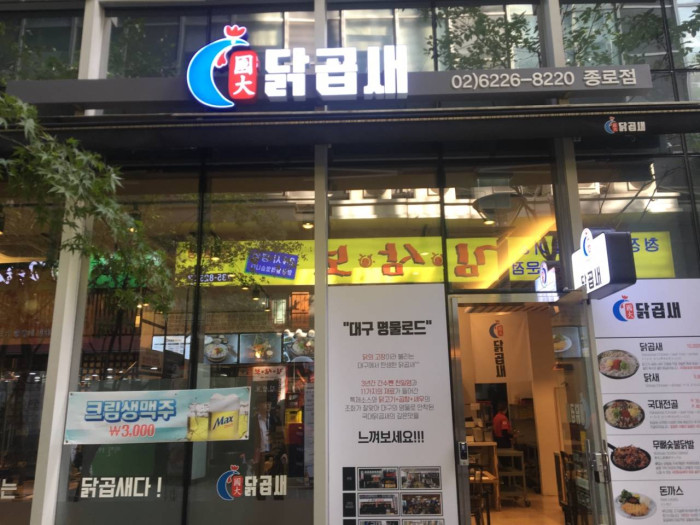
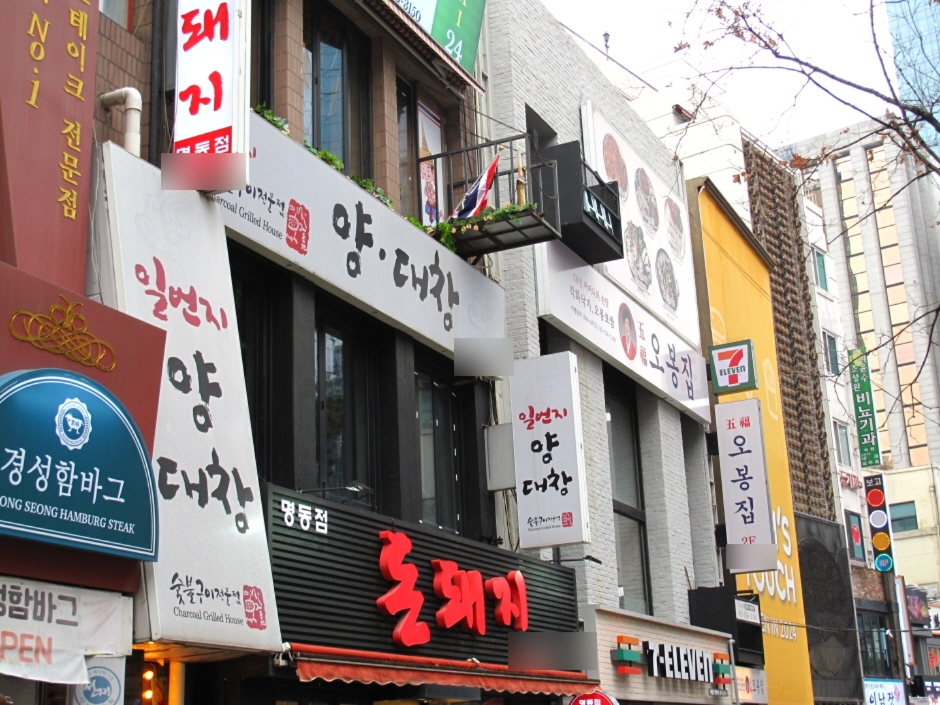
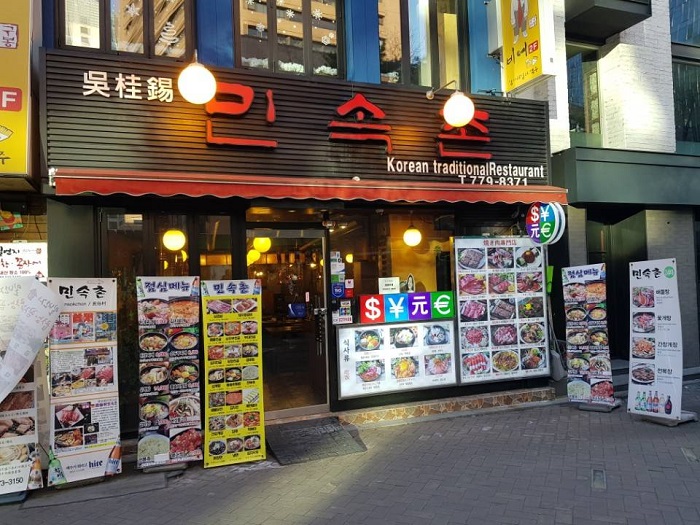

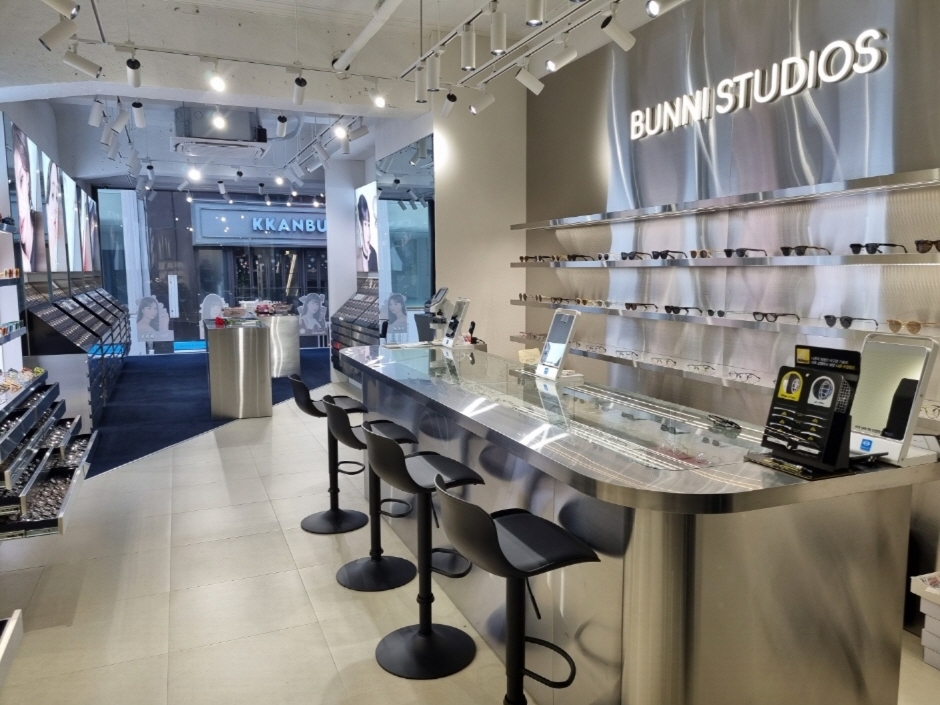
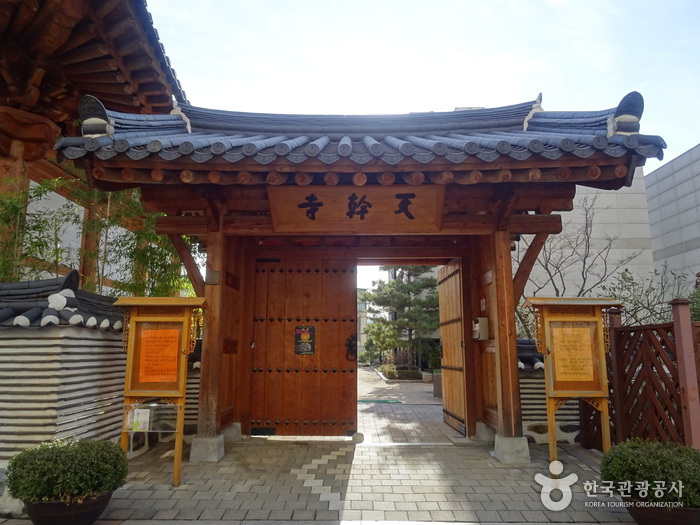
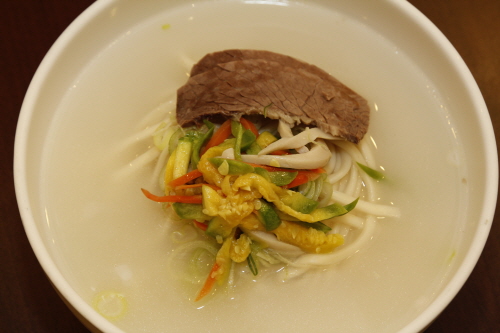
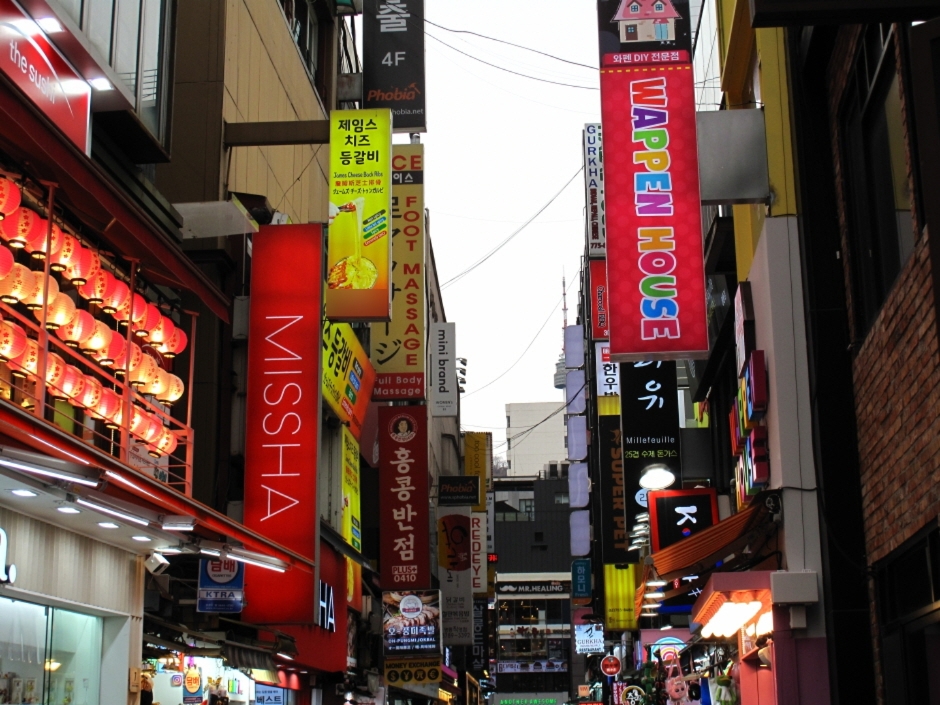
 English
English
 한국어
한국어 日本語
日本語 中文(简体)
中文(简体) Deutsch
Deutsch Français
Français Español
Español Русский
Русский